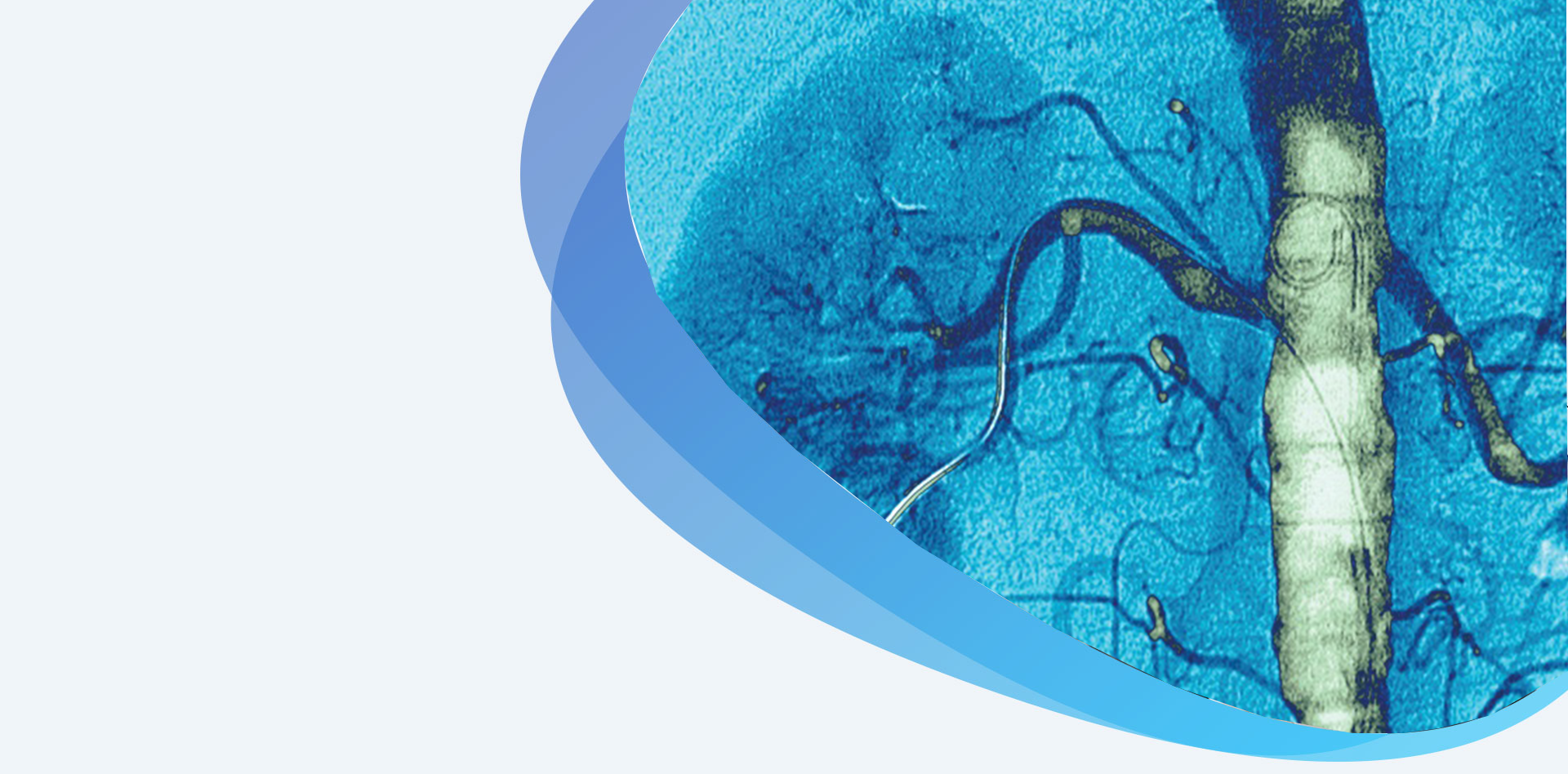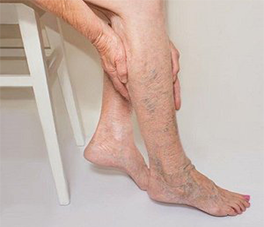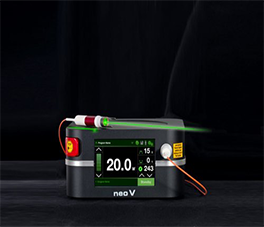Renovascular Conditions


The renal arteries originate in your heart and are responsible for carrying blood rich in oxygen and nutrients to your kidneys. When the renal arteries become blocked, a condition called renal artery stenosis, your kidneys do not receive enough blood or oxygen. These arteries can also be affected by a number of diseases, most commonly atherosclerosis. Less common conditions that may occur in the renal arteries include: renal artery aneurysms, fibromuscular dysplasia (FMD), and vasculitis (inflammation of the arteries).
Often, there are no symptoms of blocked kidney arteries (renal artery stenosis). However, this can be a silent killer since very high blood pressure (hypertension) or ongoing kidney damage can occur. Severe high blood pressure can lead to heart problems, stroke, or other severe medical issues including aneurysms and aortic dissection. Kidney damage may get to the point that dialysis is needed.
These symptoms may be a sign of renal artery aneurysms, fibromuscular dysplasia (FMD) or vasculitis (inflammation of the arteries).
Arteries are normally smooth and unobstructed on the inside. With age, arteries can become blocked through a process called atherosclerosis (hardening of the arteries) by which plaque can build up on artery walls. This plaque is made up of cholesterol, calcium and fibrous tissue. As more plaque builds up, the arteries narrow and stiffen. Eventually, the plaque build-up reduces blood flow to the kidneys.
In most cases, atherosclerosis causes renal artery disease. Your risk is higher if you smoke, or if you have diabetes, high blood pressure, high cholesterol or high triglycerides

You will be asked questions about symptoms and medical history, including questions about family members. Your vascular surgeon will also perform a physical exam that may include placing a stethoscope on your abdomen to listen for signs of abnormal blood flow.


If renal artery disease is detected early, the lifestyle changes listed below (see “Staying Healthy”).
If you have peripheral artery disease (PAD), your vascular surgeon may recommend an angioplasty, possibly including stenting. This procedure, considered minimally invasive in comparison to open surgery, helps blood flow more freely through your artery, to the kidney.
 In an angioplasty, your vascular surgeon inserts a long, thin, flexible tube (catheter) into a small puncture over an artery in your arm or groin. Through the catheter an inflatable balloon is guided to the blocked area. There, the balloon is inflated and deflated several times. The balloon flattens the plaque against the artery walls, widening the vessel. Then the balloon instrument is removed from the catheter.
In an angioplasty, your vascular surgeon inserts a long, thin, flexible tube (catheter) into a small puncture over an artery in your arm or groin. Through the catheter an inflatable balloon is guided to the blocked area. There, the balloon is inflated and deflated several times. The balloon flattens the plaque against the artery walls, widening the vessel. Then the balloon instrument is removed from the catheter.
 If stenting is needed, your vascular surgeon will follow similar steps to insert a tiny mesh-metal tube, called a stent, into the catheter. The stent is guided to the narrowed area of your renal artery and placed to provide support, like a scaffold. The stent remains permanently to keep the artery open.
If stenting is needed, your vascular surgeon will follow similar steps to insert a tiny mesh-metal tube, called a stent, into the catheter. The stent is guided to the narrowed area of your renal artery and placed to provide support, like a scaffold. The stent remains permanently to keep the artery open.
In case of a severe blockage, bypass surgery may be performed to restore blood flow to the kidney. This surgery is complex and may require additional testing, including heart and lung evaluations.

Diagnosis and management of renovascular condition is the domain of a very specialised set of Doctors called Nephrologists.
Kindly make an appointment with a Nephrologist who can work in close coordination with your Vascular Surgeon to undertake the complex management that your renovascular condition requires.